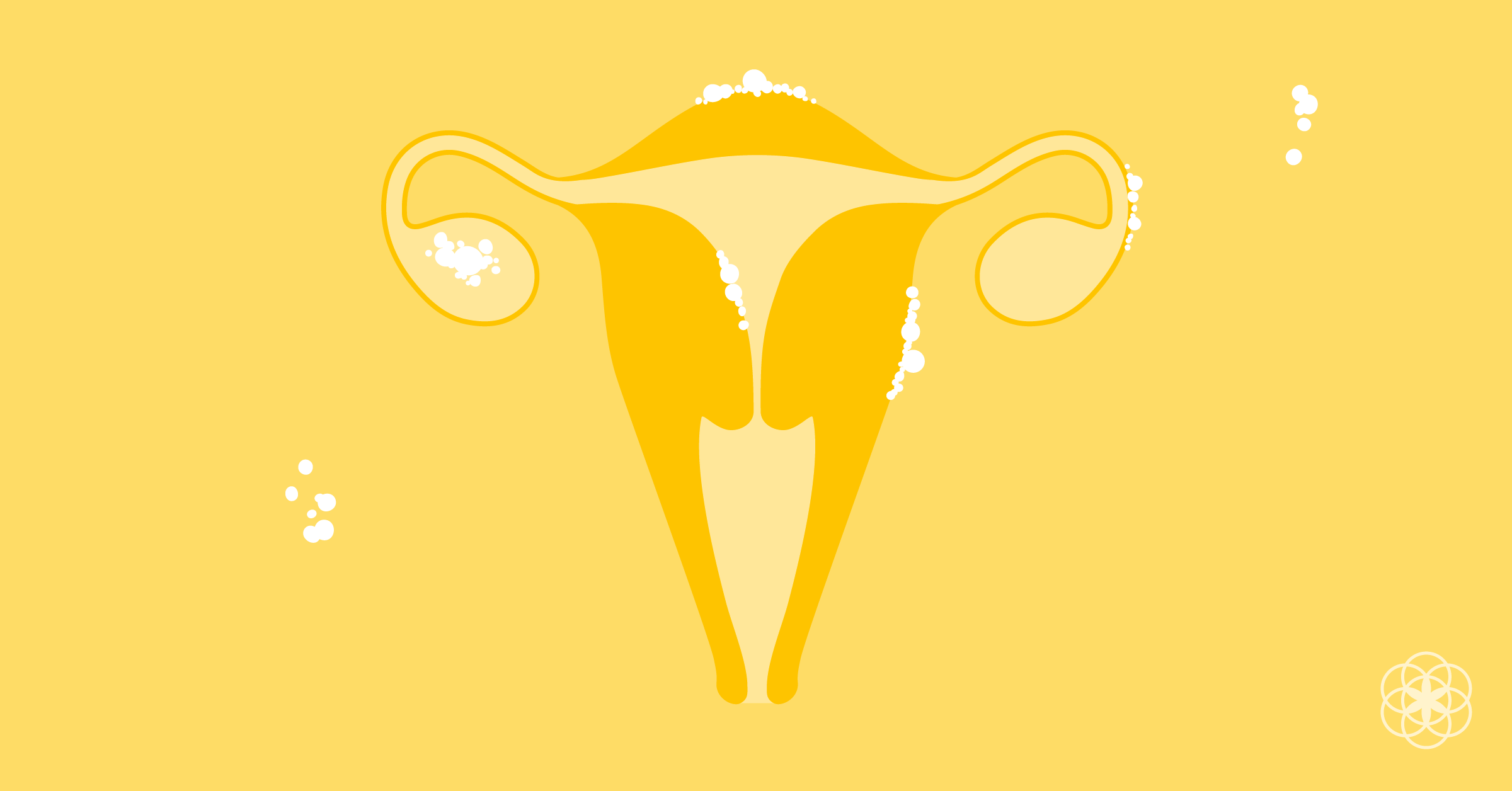
Endometriosis is a women’s reproductive health issue that affects about 10 percent of all women. It occurs when tissues similar to those that line up the interior of the uterus grow outside the uterus. It usually affects the tissues lining the pelvis, fallopian tubes, and ovaries, but in some rare cases, endometrial tissue can grow in organs beyond the pelvic organs. The endometrial tissues outside the uterus behave the same way as those inside the uterus: they thicken, break down, and bleed in every menstrual cycle. Unfortunately, there is usually no way for endometrial tissue growing outside the uterus to exit the body during menstruation. The issue can cause severe pain during menstruation, and it is associated with some cases of infertility. If you have symptoms that make you suspect that you could be having endometriosis, a qualified women healthcare specialist, such as Dr. Max Kamerman, can help you with diagnosing and treatment.

Table of Contents
Symptoms
The primary symptom of endometriosis has to do with experiencing excessive pelvic pain during menstrual periods. Although cramping during periods is normal, women with endometriosis usually experience pain that is far more severe than usual. In some cases, pain can increase with time. However, the severity of the pain is not necessarily an indicator of how bad the condition is. It is possible to have advanced endometriosis with little or no pain, while some people may experience severe pain with mild endometriosis.
Other common symptoms and signs of endometriosis include:
- Pain during and after sexual intercourse
- Pain with urination and bowel movement
- Excessive bleeding during periods and even between periods
- Infertility
- Diarrhea, fatigue, nausea, bloating, and constipation, particularly during periods.

Causes
It is not easy to determine the exact cause of endometriosis with certainty. Some common explanations include:
- Retrograde menstruation when menstrual blood with endometrial cells finds its way up to the fallopian tubes instead of flowing out of the body.
- Transformation of peritoneal cells into endometrial cells due to hormonal and immune factors.
- Transformation of embryonic cells into endometrial cells due to hormonal factors
- Surgical scar implantation
- Endometrial cell transport
- Immune system disorders
Some risk factors associated with endometriosis include:
- Starting periods earlier than usual
- Never giving birth
- Having reproductive tract abnormalities
- Having shorter than usual menstrual cycles
- Having heavy menstrual periods
- Low body mass index
- Genetic factors
Treatment
Once a woman has been diagnosed with endometriosis, the treatment approach depends on the severity of the symptoms and whether the patient hopes to become pregnant. Some possible treatments include:
- Pain medication
- Hormone therapy
- Conservative surgery to get rid of the endometriosis implants while preserving the ovaries and the uterus.
- Fertility treatment
- Hysterectomy with oophorectomy
The Takeaway
Overall, it is apparent that endometriosis is quite a common women’s reproductive health issue. Although the exact cause of the issue is hard to determine, it is possible for it to be treated in a number of ways. If you are looking for a reliable women’s healthcare provider with experience in diagnosing and treating endometriosis, Women’s Healthcare Physicians of Naples is an excellent facility to find one. Contact them today for more information.







